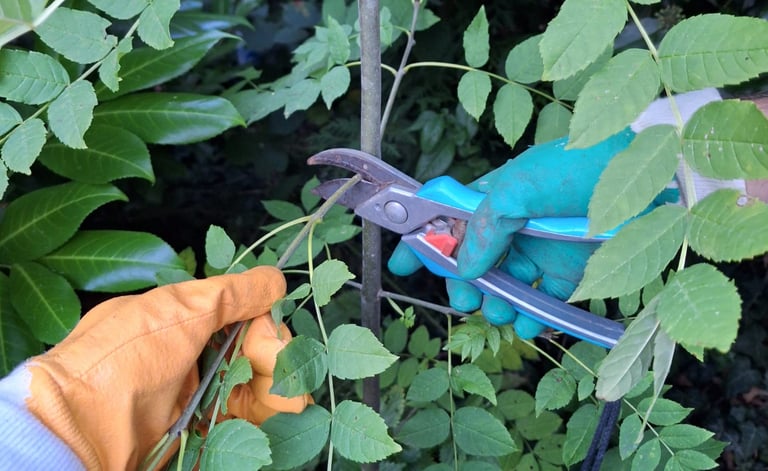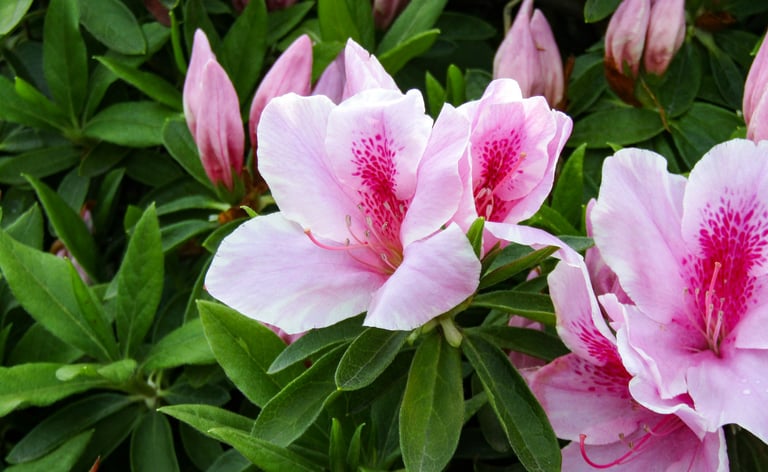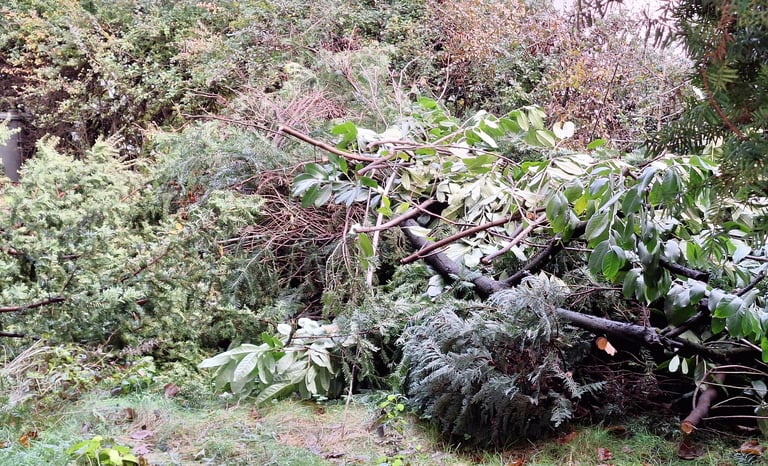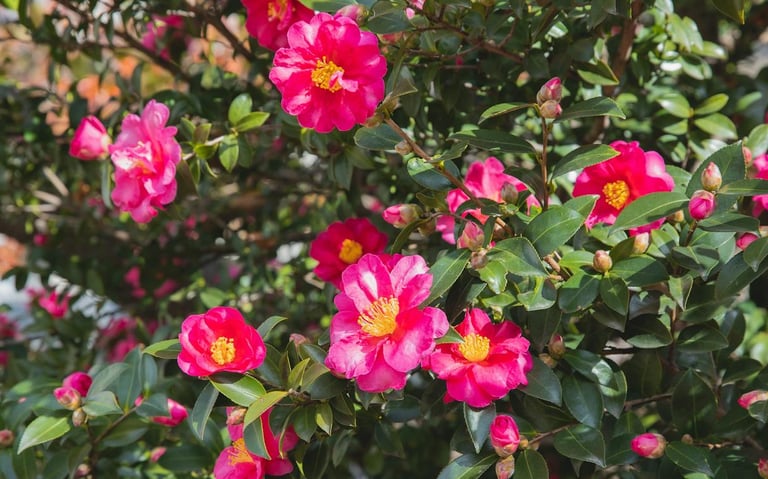The Best Way to Trim Flowering Bushes and When to Do It
Trimming flowering bushes is a vital part of garden maintenance, ensuring your plants remain healthy and look their best. It's not just about enhancing their appearance; proper trimming can also encourage more blooms and maintain the plant's health. This guide will walk you through the best practices for trimming flowering bushes.




The Right Time to Trim Flowering Bushes
Timing is also important when it comes to trimming flowering bushes. Generally, the best time to prune is just after the plant has finished blooming. Pruning too early or late can result in fewer flowers or even damage the plant. For spring-blooming bushes, trim immediately after their flowers fade. For summer bloomers, early spring or late winter pruning is ideal.
Tools You'll Need
One sharp pruning shears
(Optional) One pruning saw for larger branches
Always disinfect your tools before and after use to prevent spreading disease between plants.
Pruning Techniques
Start by removing any dead, damaged, or diseased wood. Cut back to healthy wood, just above a bud facing the outside of the plant, which encourages outward growth. For a natural look, make your cuts at varying lengths. Thinning out some of the older stems can rejuvenate the plant, while cutting back overall growth can encourage denser foliage.


Shaping the Bush Correctly
While shaping, consider the bush's natural form. Overly aggressive trimming can harm the plant's health and aesthetics similar to pruning trees. Aim for a shape that allows light and air to penetrate the bush, which is crucial for preventing disease and promoting even growth.
After-Trimming Care
After trimming, give your flowering bushes some extra attention and care. Water them well and consider applying a balanced, slow-release fertilizer to support their recovery and growth. Mulching around the base can also help retain moisture and regulate soil temperature.


Conclusion
In conclusion, knowing how to trim flowering bushes, no matter if small flowering shrubs or shade-loving flowering bushes correctly is key to maintaining a healthy and beautiful garden. By following these guidelines, you'll ensure your flowering bushes are not only aesthetically pleasing but also vigorous and bloom-filled season after season. Remember, a little care and attention can go a long way in the life of your garden.
